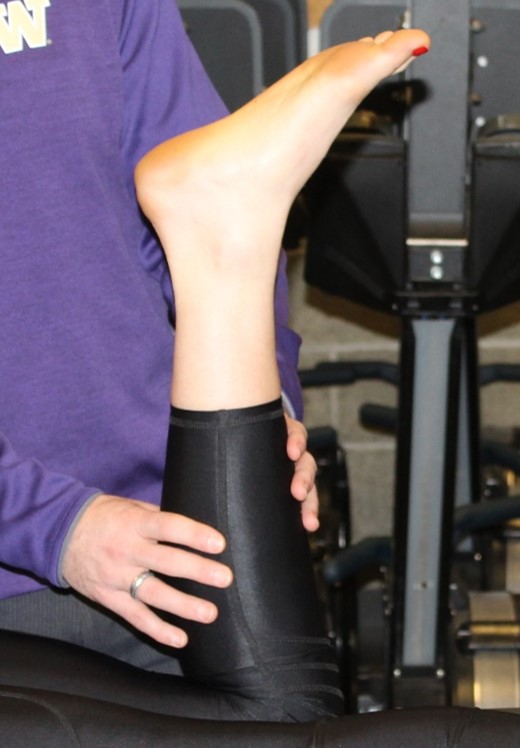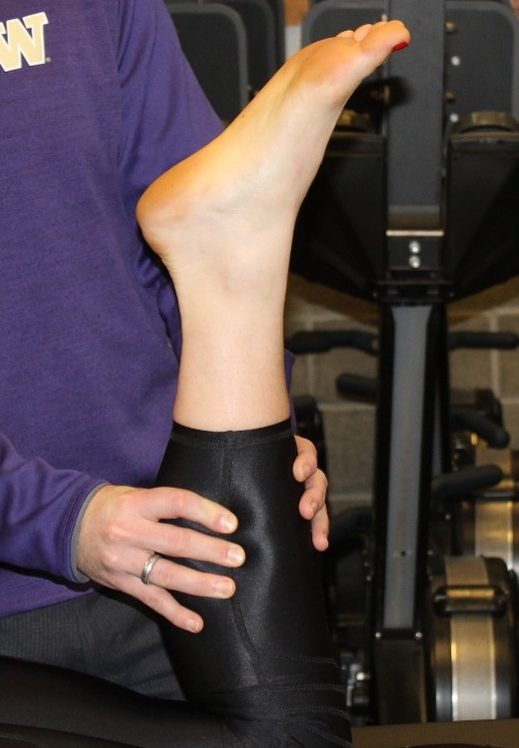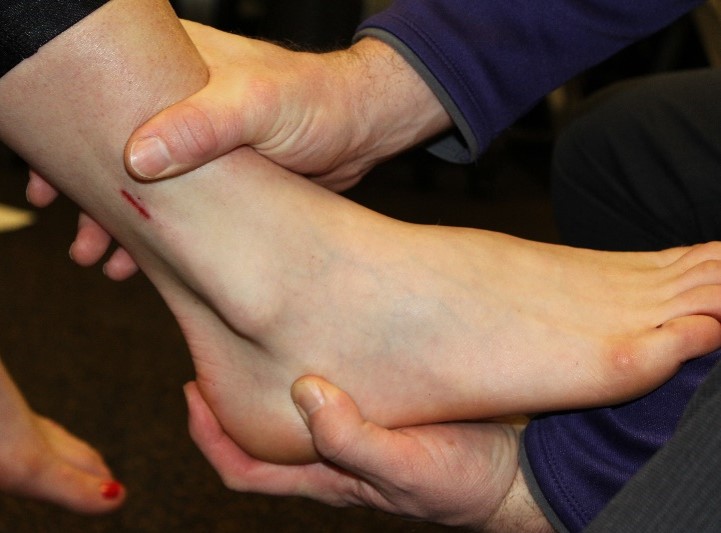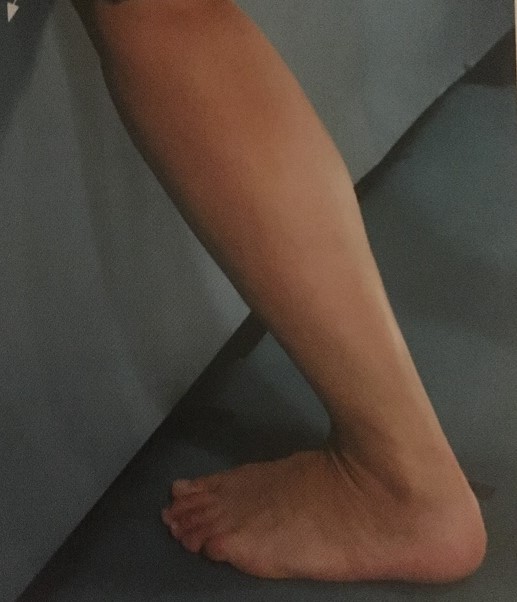Ankle & Foot Exam
Although this exam isn’t an FCM benchmark, foot and ankle concerns are common in primary care and emergency departments. As with any musculoskeletal exam remember the approach of inspection, palpation, range of motion, strength testing and special maneuvers.
Key landmarks & structures
Inspection
Inspect the foot and ankle, observing carefully for swelling, erythma or ecchymosis. Also note:
- Alignment
- Muscle bulk
- Arch structure
- Appearance of first MTP joint
Palpation
Palpate the above structures systematically, noting any tenderness or swelling.
Range of motion
Tibiotalar Joint:
- Plantarflexion: 0 to -10 degrees
- Dorsiflexion: 30 to 40 degrees
Subtalar Joint
- Inversion: 30 degrees
- Eversion: 20 degrees
First MTP joint
- Flexion: 45 degrees
- Extension: 70 degrees
Strength testing
With the patient seated test:
- Plantar flexion of ankle
- Dorsiflexion of ankle
- Inversion of ankle
- Eversion of ankle
Stability and special tests
Thompson squeeze test
– Tests for the integrity of the Achilles tendon
– Pictures and drawing show two different versions of test
– The foot should rest in slight plantarflexion
– Compare to contralateral side
– Squeeze the gastroc muscles and foot should plantarflex
– Lack of plantarflexion with squeeze suggests Achilles tear
 |
 |
Anterior drawer test
Tests for stability of the ATFL
– One hand placed on tibia, held for stability.
– Opposite hand grips heel and distracts distally
– Note should be made of laxity and presence of clear end point
Lunge test
– Stresses tibiotalar joint and support structures
– Foot/heel kept on the floor
– Knee pushed forward to create dorsiflexion of the ankle
– Note should be made of pain and restricted motion


